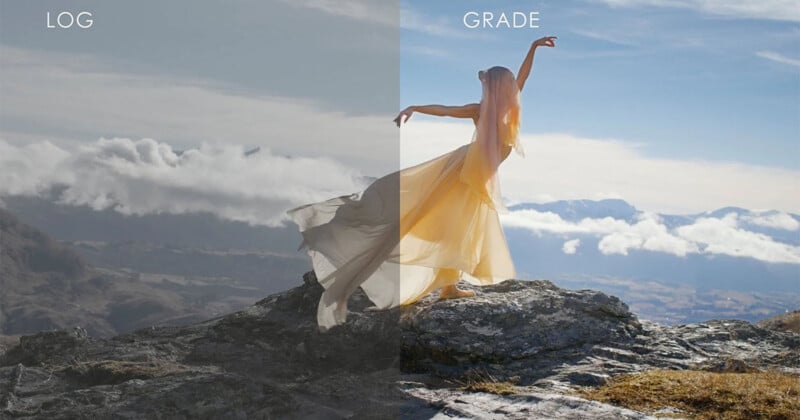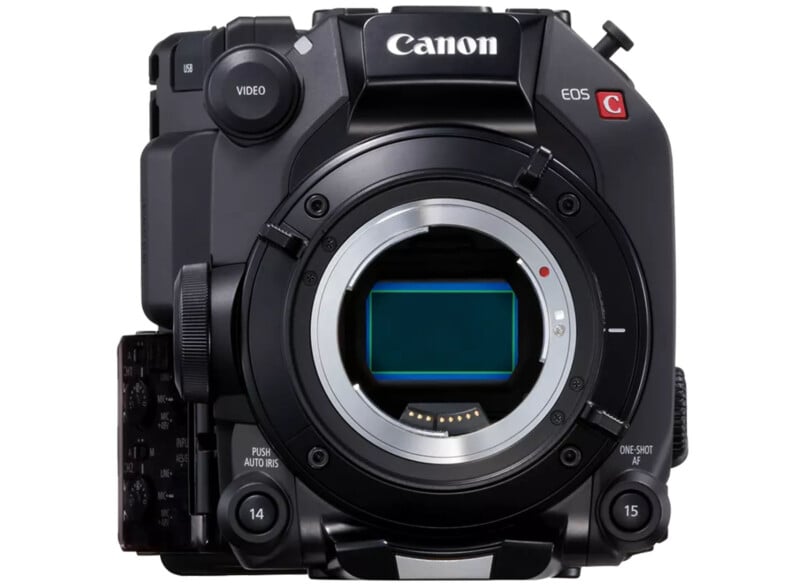![]()
Canon has announced a new firmware update for its video-focused EOS C500 Mark II camera, bringing enhanced Cinema RAW Light formats to the flagship cine camera.
As any videographer who has used high-resolution RAW video formats before knows all too well, RAW video files are big, which introduces demands not only on the camera and its recording media but on a computer’s storage and video editing software. Canon’s Cinema RAW Light format aims to make RAW video more accessible by delivering significantly smaller file sizes and streamlining video workflows.
Cinema RAW Light has previously been available on Canon EOS cameras like the R5C and C200. By bringing it to 2019’s C500 Mark II, a full-frame 5.9K/60p cinema camera that is still heavily utilized by filmmakers today, Canon is enhancing video workflows for a sizable chunk of its users.

Until the new firmware update, the C500 Mark II could shoot 12-bit RAW video at up to 30 frames per second and 10-bit RAW at faster frame rates. However, with the three new Cinema RAW Light formats, users can record 12-bit RAW footage at all available frame rates, including 60p.
Cinema RAW Light LT (light recording), ST (standard quality), and HQ (high quality) formats join the previous RAW recording format, bringing the total available RAW video options on the camera to four — a new high watermark for Canon’s Cinema EOS lineup.
“Canon’s proprietary Cinema RAW Light format offers a significant reduction in file size without sacrificing image quality or grading and compositing headroom,” Canon promises, adding that Cinema RAW Light promises the “widest dynamic range of the camera’s sensor in a file that’s approximately a third to a fifth of the size of a standard Cinema RAW file.”

“RAW scares a lot of people because they think it’s hard to handle, but it’s not,” says advertising filmmaker Brett Danton, who now heavily utilizes Cinema RAW Light formats in his work.
“From a colorist’s point of view, Cinema RAW Light is a fantastic codec to work with — there’s just so much data inside of it. But it’s also a very low CPU load codec, which means that it can play back very easily. Those two things are kind of the holy grail: lots and lots of data, but lightweight enough to edit with a laptop,” explains Ollie Kenchington, an award-winning filmmaker and accomplished color grading expert.
“The big thing for me isn’t so much that it’s RAW per se, it’s more the non-chroma subsampled image it delivers. So you get the full RGB 4:4:4 colour information, which is really important for certain projects,” Kenchington adds.
The new Canon EOS C500 Mark II firmware will be available on March 21.
